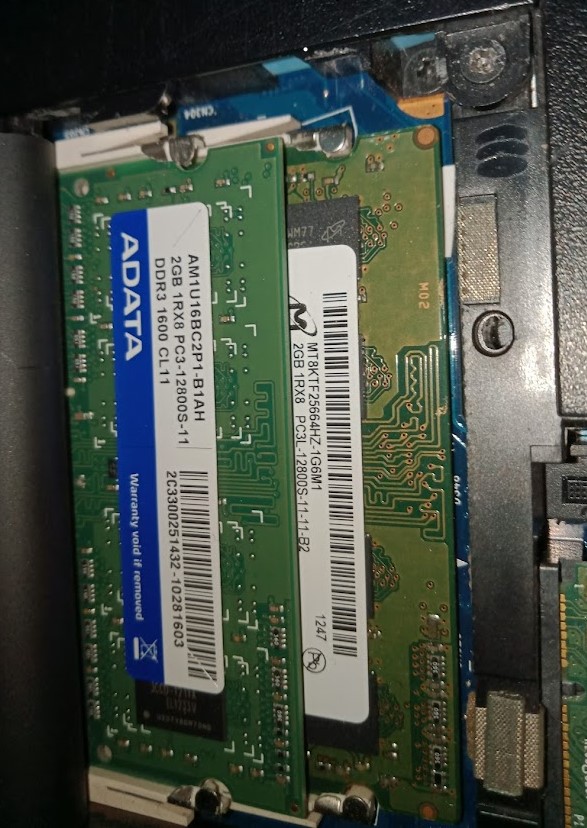Comparing: SanDisk SD9SB8W512G1001 vs DDR3 SODIMM 1066MHz [Disk]
In this comparison, we analyze two Disks: SanDisk SD9SB8W512G1001 and DDR3 SODIMM 1066MHz [Disk], using synthetic benchmark tests to evaluate their overall performance. This side-by-side comparison helps users understand which hardware delivers better value, speed, and efficiency based on standardized testing. Whether you're building a new system or upgrading an existing one, this benchmark-driven evaluation offers valuable insights to guide your decision.

SanDisk SD9SB8W512G1001
| Type: | Disks |
|---|---|
| Model: | SanDisk SD9SB8W512G1001 |
| Capacity: | 512GB |
| Interface: | SATA-III 6Gbps |

DDR3 SODIMM 1066MHz [Disk]
| Type: | Disks |
|---|---|
| Model: | DDR3 SODIMM 1066MHz [Disk] |
| Capacity: | 2GB |
| Interface: | DDR3 |
Specification Comparison Table
| Specification | SanDisk SD9SB8W512G1001 | DDR3 SODIMM 1066MHz [Disk] |
|---|---|---|
| Brand | SanDisk | - |
| Format | SSD 2.5 | RAM Disk |
| Capacity | 512GB | 2GB |
| Interface | SATA-III 6Gbps | DDR3 |
Submission Comparison Table
| Benchmark Software | SanDisk SD9SB8W512G1001 | DDR3 SODIMM 1066MHz [Disk] |
|---|---|---|
| CrystalDiskMark |
Read: 526.70 MB/s Write: 485.87 MB/s |
Read: 746.24 MB/s Write: 828.18 MB/s |
About Hardware SanDisk SD9SB8W512G1001
The SanDisk SD9SB8W512G1001 is a 512GB SSD with a 6Gbps SATA interface, which offers a significant improvement in read/write speeds over conventional HDDs. With 3D NAND technology, this SSD has better endurance and lower power consumption, making it ideal for laptops and PCs that require high responsiveness.
The read speed of this SSD can reach up to 550MB/s, while the write speed can reach 500MB/s, making it suitable for multitasking, fast system booting and large file processing.
Thursday, 23 June 2022 07:42:49 | Update: 1 month ago
About Hardware DDR3 SODIMM 1066MHz [Disk]
DDR3 SODIMM 1066MHz is a DDR3 SODIMM RAM module with a speed of 1066MHz, typically used in laptops or other compact devices. In a standard system, this RAM serves as the main memory for running applications and the operating system.
However, in specialized use, this RAM is configured as a RAMDisk, which is a temporary storage that utilizes RAM capacity to significantly increase data access speed compared to SSDs or HDDs. This use of RAMDisk allows for temporary storage of temporary files, application caching, or data processing with very low latency. In this experiment, RAMDisks are used to store data and test read and write speeds.
Wednesday, 26 December 2012 14:27:32 | Update: 1 month ago
